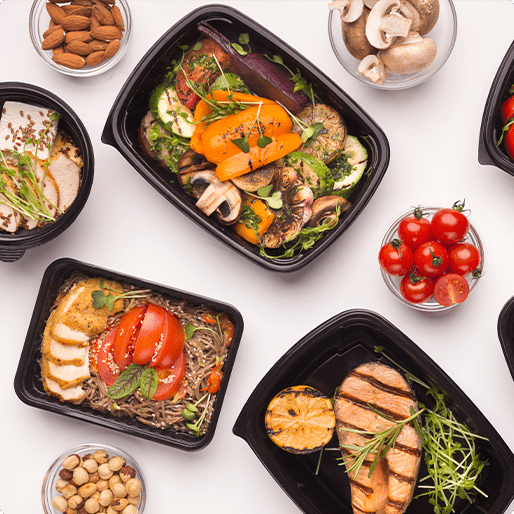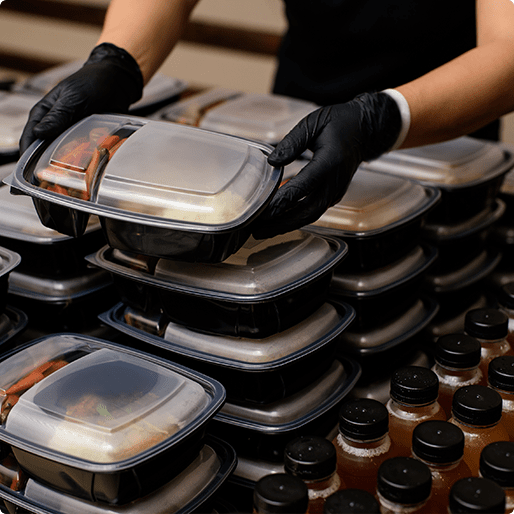
Picture this: you are eagerly waiting for your food delivery lunch. Upon receiving the order, you feel something loose and damp inside the bag.
At the back of your head, you know the worst happened- food has leaked out of its containers. All the waiting time and money spent on the food have gone to waste.
Been there? No one likes discovering their food leaked during food delivery. With that being said, hawker stall owners have the responsibility of packaging food properly to avoid any accidents during the delivery process.
Here’s how to package the food properly to avoid leakage and contamination.

Just because your food is best eaten when it is fresh, doesn’t mean your customers will.
Packing two different moist levels of food together will cause the wet food to clump with the dry food.
Everyone knows how off-putting soggy food is, the once appetising flavours of the food have gotten diluted. No one deserves to eat soggy food!
Since Malaysia is a country with high humidity, there is a risk of airborne contaminants in the food.
Within the vacant time period of the food not being consumed, the wet food and dry food may have clumped together and accidentally created a moist environment capable of breeding fungus and bacteria.
That is why we should be careful.

The most common types of food packaging in use are brown paper and biodegradable food boxes.
If customers are dining at your eatery in person, these packaging would have been good to go. However, for food delivery, this packaging is far from suitable.
To prevent leakage during food delivery, you can have extra security by using multiple compartment plastic containers.
These plastic containers come in handy even more so when the food contains gravy.
If you are delivering drinks, don’t go for the iconic plastic with raffia string tied around to seal it.
This method of packing is just a risk of spillage. To improve the standard of containing beverages, pour the drinks into the paper cup.

Aside from simply closing food packaging with a cover, take the extra step of sealing the lids with sellotape or plastic wrap.
The sellotape connects both the container and the cover while the plastic wrap also doubles in making it airtight.
These extra steps ensure the contents are tightly sealed to prevent spillage during the journey from kitchen to the home dining table.

You can also stick a sticker to inform customers to consume the food within a time frame to ensure the freshness of the food and avoid the food from spoiling.
A simple sticker that states ‘best consumed within 2 hours’ or ‘kept refrigerated after opening’ is enough.
If you are an eatery owner who prioritises customers’ wellbeing, do your part by ensuring the safety and hygiene of food packaging.
Pay attention to these food packaging aspects to ensure a wholesome food delivery process.
Aside from maintaining happy customers, good food packaging can avoid food wastage and reduce the burden of limited natural resources.

Ajinomoto Food Biz Partner
Have a question? Contact us now!